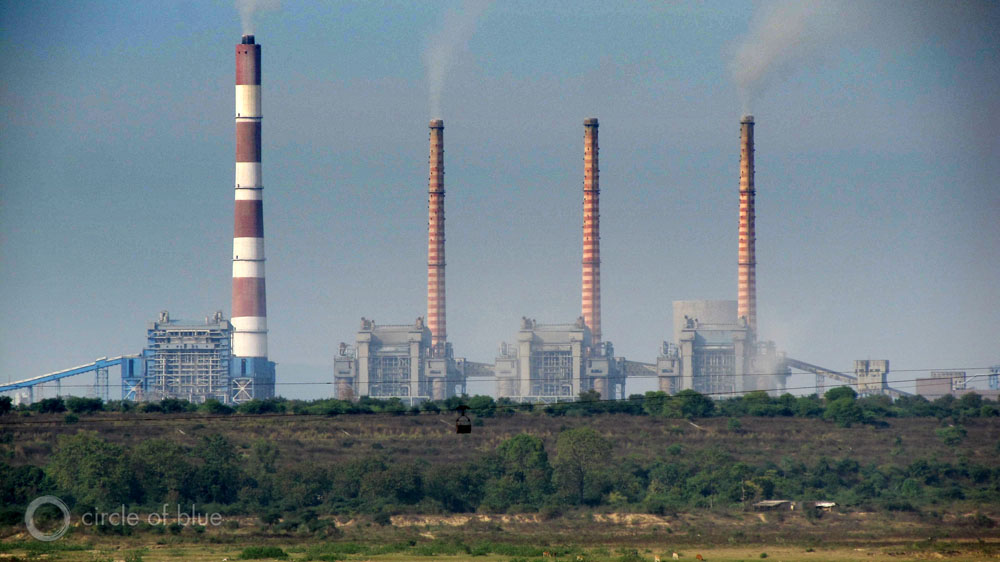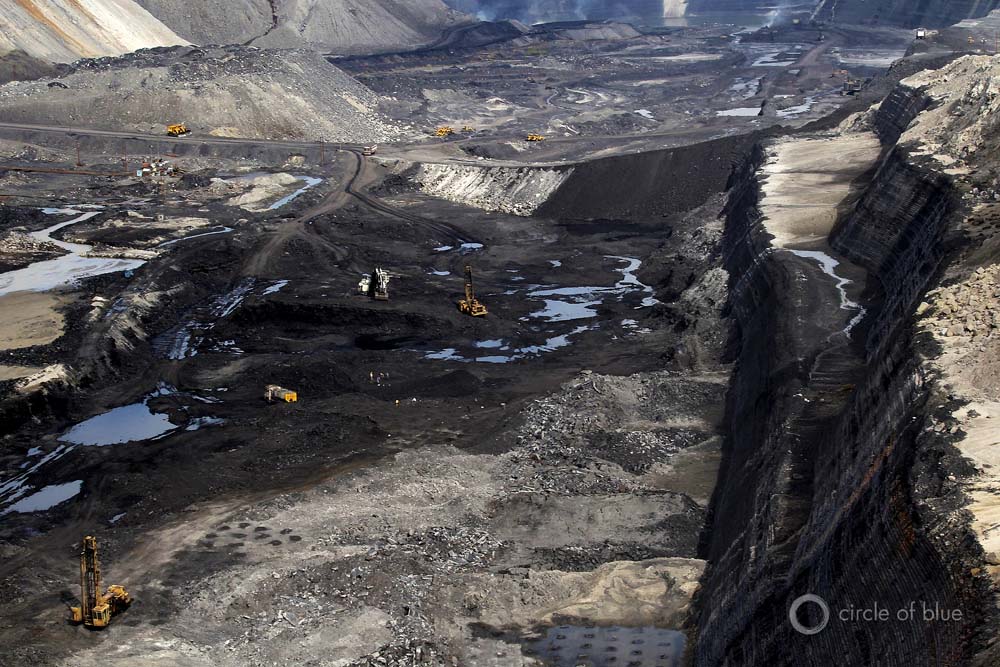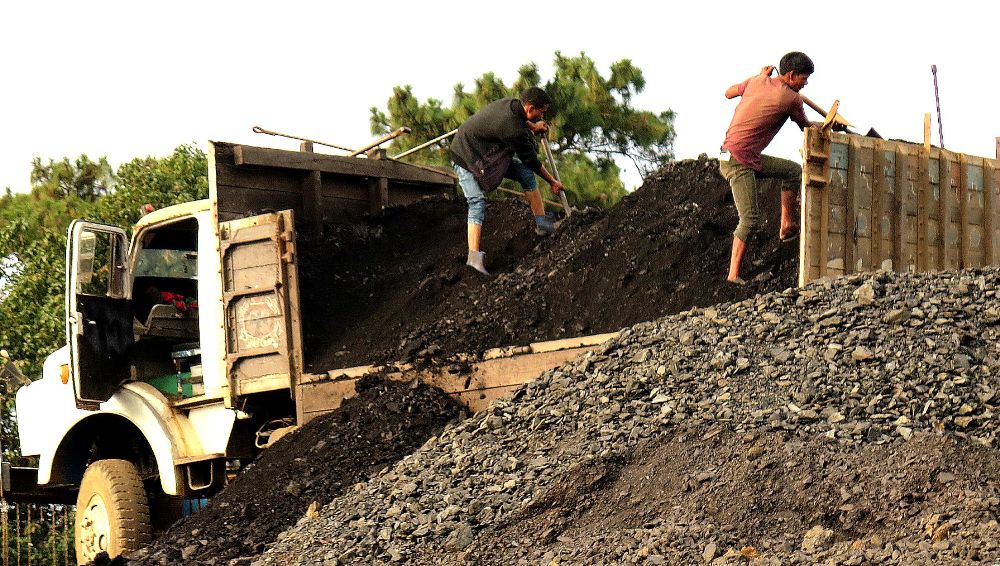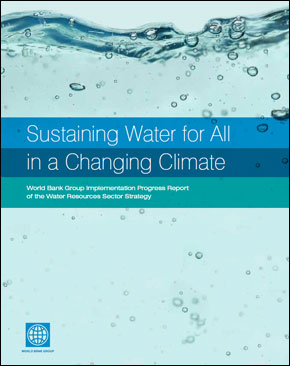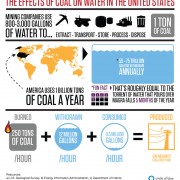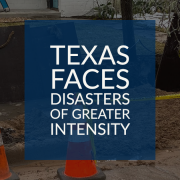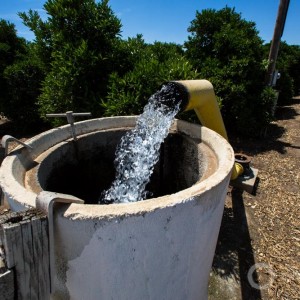Analysis: India Seen As Vital Player at Paris Climate Conference
Opportunity to shift from coal to cleaner energy is real and needed.
By Keith Schneider
Circle of Blue
India’s Prime Minister Narendra Modi, according to news reports from the Paris Climate Conference, is displaying a more obliging view of his nation’s responsibilities in the global campaign to limit carbon emissions. “We should meet our need for clean energy and healthy habitats in a spirit of partnership, not put nations on different sides,” Modi wrote this week in the Financial Times. “India will work with governments, laboratories and industry to facilitate a natural transition to a clean energy era through affordable and accessible renewable energy.
At the same time Modi defends his nation’s coal-based electrical and manufacturing sectors from restrictions that could be imposed under a global carbon emissions accord. The reasoning, familiar by now to climate negotiators, is that the United States and European nations prospered by burning substantial amounts of fossil fuels, and in the process produced much of the planet’s climate risks. Why shouldn’t India have the same opportunity to develop with that same 20th-century fossil fuel-consuming strategy?
“Some say advanced countries powered their way to prosperity on fossil fuel when humanity was unaware of its impact,” Modi wrote. “Since science has moved on and alternative energy sources are available, they argue that those just beginning their development journey bear no less responsibility than those who have reached the zenith of their progress. New awareness, however, should lead advanced countries to assume more responsibility. Just because technology exists does not mean it is affordable and accessible.”
Lost in Modi’s message of resistance is how futile that strategy is for India and how risky for the planet. Since 2012, Circle of Blue has taken four long trips to the frontlines of India’s difficult struggle with energy production. Our findings in Choke Point: India, one of the most intensively reported projects on energy by any news organization in or outside India, led us to one clear conclusion: Emulating the carbon-heavy development path pursued by the United States and Europe, and more recently by China, is wrecking India’s air, water, and countryside, and failing miserably to generate sufficient energy for a nation of 1.3 billion people.
In the newly treacherous ecological conditions of the 21st century, the results of India’s desire to continue relying on coal for 70 percent of its electricity are likely to get no better, and maybe much worse. Even as Modi promotes his nation’s recognition of the hazards of climate change, and new willingness to act, India’s carbon emissions are climbing. The climate change plan that India submitted to organizers of the Paris Climate Conference call for the nation’s carbon emissions to nearly double by 2030, according to an analysis by CarbonBrief.org, a climate research and communications group in the United Kingdom.
A much more rational and economically productive path for India, we concluded, is for the country to leap frog the high resource, high water-consuming, highly expensive western development strategy of the 20th century and develop a new ecologically compatible, distributed energy economy of the 21st.
Go the Numbers
Some basic numbers support this conclusion. Even after 35 years of trying to match China’s transition from a rural economy to an urban manufacturing economy, India’s total electrical generating capacity reached 284.6 gigawatts in 2014, according to the latest government fact book. Blackouts and brownouts are endemic and a chronic impediment to business development. The United States produces about 1,000 gigawatts of generating capacity; China 1,150 gigawatts.
Over the last eight years, the average annual increase in India’s generating capacity has been 17 gigawatts. At the current pace it will take India 50 years to produce comparable levels of electricity as China or the United States. By that time climate change will have dried up some of India’s food producing regions, melted the Himalayan glaciers, and put big portions of its coastal cities under water. And with adult Indians producing 25 million new mouths a year, according to the World Health Organization, India by 2050 could have 2.2 billion people and require 1,500 to 2,000 gigawatts of generating capacity to serve its power demands.
The wind, solar, small hydropower, biomass, and technologically advanced and safer nuclear plants that India is developing are capable of generating hundreds of gigawatts of power. Homegrown technology and equipment would employ millions of workers.
A Better Path Forward
India could build advanced transmission networks to distribute locally-generated energy to residents in the tens of thousands of villages that do not have electricity, and to its big cities. As it is, a quarter of the electricity sent over the country’s obsolete grid is lost in transmission, according to the government.
And India would save a treasure chest in coal imports. Most of the 739 million metric tons of coal that India consumed in 2014 – 168 million metric tons of it imported at a cost of roughly $US 10 billion – is burned to produce 70 percent of the country’s electricity. India is the third largest consumer of coal, the third largest carbon emitter, and the second largest coal importer behind China. Ten years ago, India imported 38.5 million tons of coal.
Prime Minister Modi announced lat year a plan to spend $US 100 billion to spur renewable energy development. The government is seeking another $US 50 billion for transmission and distribution improvements. This week in Paris, Modi is looking for financial support for those projects.
If he succeeds, India will assume a new position in the campaign to curb climate change. Instead of an obstinate reluctance to shift from carbon-based fuel sources, India could display a well-deserved moxie and show other developing nations what it takes to thrive in the 21st century.
The economic and ecological conditions India faces essentially mandate that Modi and his successors develop an energy-efficient, resource-conserving, technology-appropriate, carbon-limited, 21st-century economy. If India can achieve those goals it will have done a service for itself and the world.
Choke Point: India Energy Coverage
Mismanagement of Abundance: Constellation of Coal Mines Across India Not Enough to Prevent Blackouts
India’s Economy Slows as Condition of Water, Land, and Cities Deteriorates
India’s Faltering Energy Production and Damaged Water Resources Demand Modi’s Close Attention
Scarcity in a Time of Surplus: Free Water and Energy Cause Food Waste and Power Shortage in India
India Harvests Sun and Wind to Save Water and Power a Slowing Economy
Circle of Blue’s senior editor and chief correspondent based in Traverse City, Michigan. He has reported on the contest for energy, food, and water in the era of climate change from six continents. Contact
Keith Schneider

